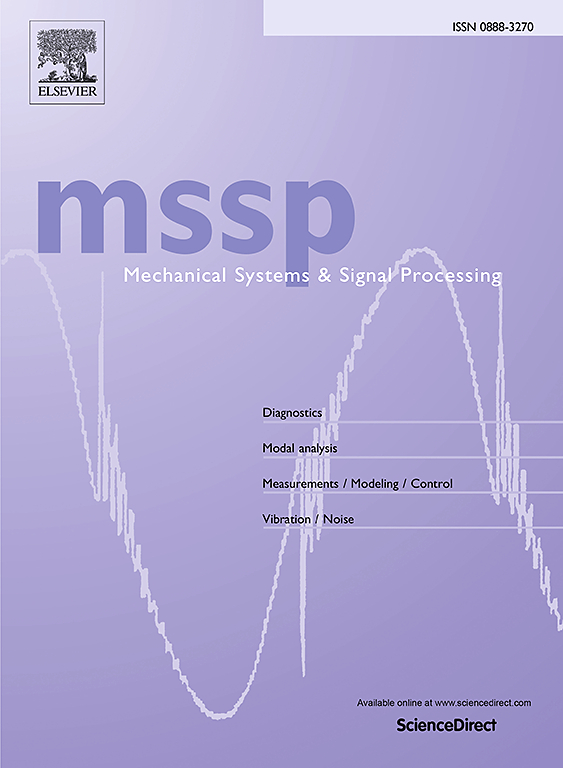Zero-shot pipeline fault detection using percussion method and multi-attribute learning model
IF 7.9
1区 工程技术
Q1 ENGINEERING, MECHANICAL
引用次数: 0
Abstract
In recent years, the machine learning (ML)-based percussion method has gained considerable attention as a cost-effective and user-friendly non-destructive testing (NDT) technique. However, traditional ML classification methods fail to identify previously unseen fault levels that are not included in the training dataset, thereby limiting their practical applicability. This paper proposes a zero-shot pipeline fault detection method based on a multi-attribute learning model to identify unseen fault classes without requiring their direct signal samples during training. In this method, each fault category is represented by a six-dimensional attribute vector that characterizes its unique properties. During the attribute learning phase, a multi-attribute learning model is constructed by integrating a one-dimensional convolutional neural network (1D-CNN) with a bidirectional long short-term memory network (BiLSTM) to predict the fault attributes. Fault recognition is subsequently achieved using a Euclidean distance-based classifier, which categorizes the predicted attribute vectors based on their similarity to predefined attribute representations. The results demonstrate that when the test set originates from previously unseen pipelines, the proposed method significantly outperforms other approaches in terms of classification performance, exhibiting superior adaptability and robustness. Importantly, it effectively identifies unseen fault severity, overcoming the limitations of traditional methods. In conclusion, the proposed method offers an innovative solution to the problem of data scarcity in fault diagnosis, with promising potential for application in complex industrial environments.
求助全文
约1分钟内获得全文
求助全文
来源期刊

Mechanical Systems and Signal Processing
工程技术-工程:机械
CiteScore
14.80
自引率
13.10%
发文量
1183
审稿时长
5.4 months
期刊介绍:
Journal Name: Mechanical Systems and Signal Processing (MSSP)
Interdisciplinary Focus:
Mechanical, Aerospace, and Civil Engineering
Purpose:Reporting scientific advancements of the highest quality
Arising from new techniques in sensing, instrumentation, signal processing, modelling, and control of dynamic systems
 求助内容:
求助内容: 应助结果提醒方式:
应助结果提醒方式:


